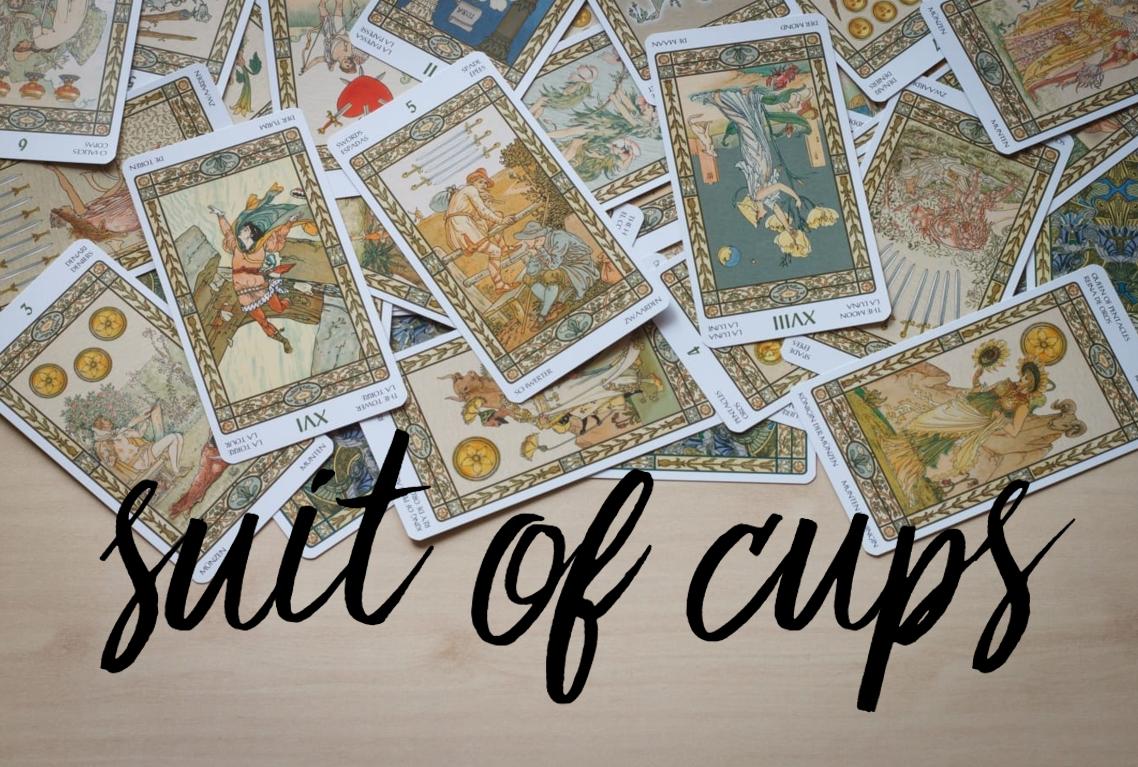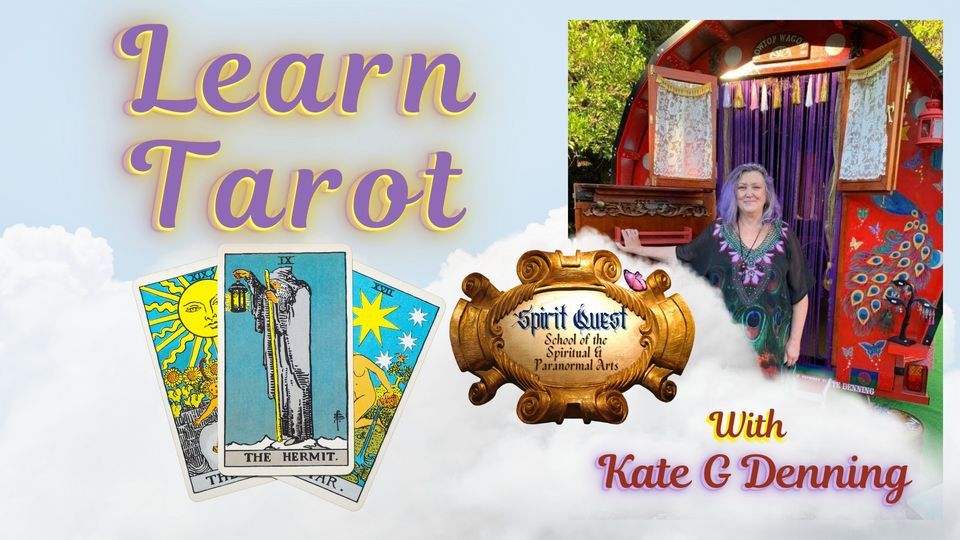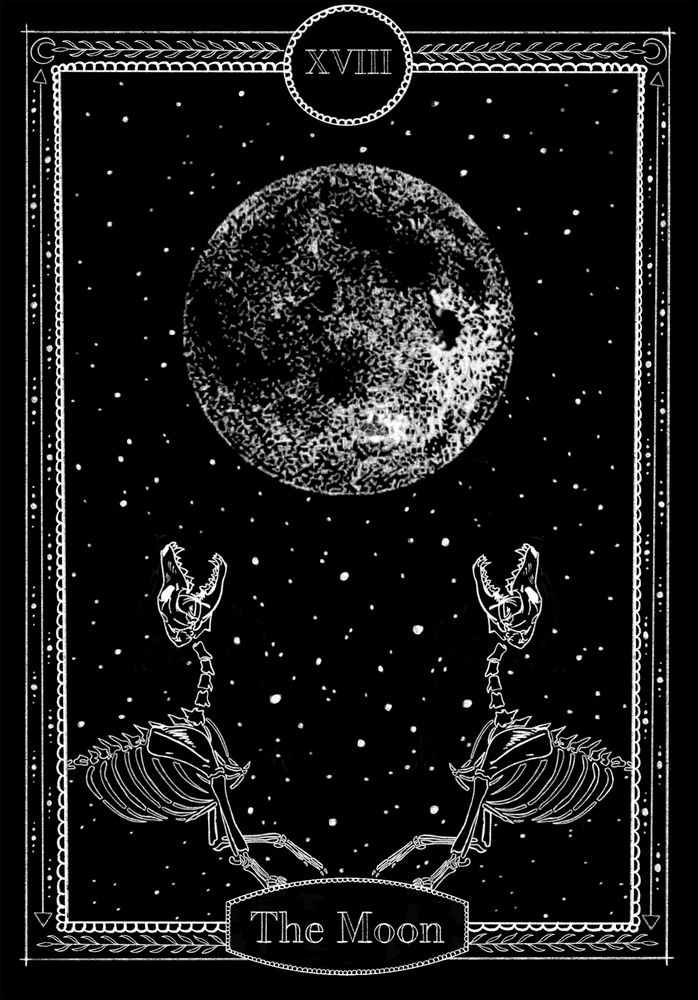
Palm reading is a practice that dates back to ancient Greece. Originally, the practice was not confined to any particular culture, region, or religion. It was practiced in numerous schools of art all over the world. The term "chirologist", "hand reader", or "palmist" is used to describe practitioners. Alexander the Great was the first to bring this art form to Greece.
Chiromancy
Chiromancy developed in the Near East during Hellenistic era. This ancient practice relies on intuition and is not connected to astrology. The methodological principles behind this practice aren't entirely clear. Christian chiromantics in the 16th century argued that chiromancy had a scriptural foundation in Job 37.7. This could have been a reference to God sealing a hand before reading it. This text, however, is only partially understood as it is based on obscure symbolism.
Gypsy fortune tellers were traditionally depicted as females who took the money of their male clients before modern chiromancy. Gypsy chiromancy in India had become extremely popular by the 16th-century. However, Egypt had long since lost gypsy fortune telling. Henry VIII saw palmistry, in spite of all that, as a clever deception. However, Henry VIII did not consider that there was a written tradition of chiromantic healing for more than 200 years. British authorities took the initiative to save the practice, which was then covered up by a gypsy facade.
Palmistry
Chiromancy, or palm reading, is a practice that examines the lines of a person's hands to make predictions about their future. Palmistry is an ancient practice that has been used across many cultures. It is performed by a group of people known as chiromancy practitioners, palmists, or chirologists.

You can read the four main lines of your palm by looking at them. Each line represents one aspect of the person's personality. A curvature of the heart line can indicate someone who is caring and emotional. A straight line on the heart will indicate that someone is protective and reserved.
Hand shape reading
The four main lines are the best way to determine if your palm is reading. They can show how a person feels and change over time. To track changes, some people find it useful to take photographs of their hands throughout the day. The overall shape and flexibility of a person can also be revealed by their handwriting. A person with a curving heart line can be described as nurturing and emotionally open. A straight line, however, indicates that someone is cautious and reserved.
The palm is an excellent tool to evaluate a person’s personality. It can reveal a person's personality traits such as compassion and empathy. They may be able to see the other side of a problem if they are compassionate. However, they might be stoic and inclined to make judgments. There are many different ways to analyze a hand, but there's one way that has worked for centuries: finding people who have similar characteristics, which allows the palmists to compare them.
Life line
The Life line is a characteristic that is reflected in the palms of those with weak Life lines. A person with a low Lifeline indicates they are extremely fragile and can have difficulty dealing with physical stress. People with thin lines rely on their nerve energy and physical strength for survival. A person with a weak life line may not only have problems with their physical strength, but also lack the motivation and health to do so.
Although there are many interpretations of the "life line", it generally refers to an individual's general physical disposition. While it may indicate the length of life a person can expect to live, some believe it is a measurement of how healthy they are. We can learn more about someone's health by measuring the thickness and depth of their lifeline.

Fish mark
The Fish mark, a symbol that is often found on the palm, has origins in ancient Greece. It stands for happiness and infinite good fortune. Its color is warm pink. This color is believed to be lucky and bring good luck. It is often seen in Asian countries as a sign of good fortune and palmistry. Learn more about how this palm sign is used in palmistry. The Fish mark is a sign that is important in palmistry.
Indian palmistry considers the Fish sign auspicious. This is because it represents a loving, successful, and loving husband. It can also indicate good fortune for the woman and a long, healthy life for her husband. The Fish sign in Chinese palmistry looks like an open-ended triangle. It appears near the end of the Life Line.
FAQ
What are your top hobbies?
Your favorite hobbies are ones you enjoy. It will be easier to continue doing what you love if you are passionate about your work. You'll also have an excuse when you're not feeling well or tired!
The hobbies we all love are gardening, painting and crafting, photography.
Consider volunteering at your local animal shelter, charity shop, hospice, children's hospital or hospice, elderly care home, school center, church, or community center.
Suppose you're looking for something more adventurous. You might consider scuba diving or skydiving.
There are many ways to enjoy nature, even if you don't want to travel far. You can go cliff diving, cave tubing or snowshoe hiking, snowshoeing or snowkiting.
What kinds of hobbies are appropriate for introverts.
Introverts can concentrate on one thing at the same time. They are more comfortable with solitary activities, such reading, writing, music, and watching movies.
They also like to be alone. They don't enjoy being social all day. In fact, they often find themselves bored when surrounded by people.
Introverts are often drawn to hobbies that require solitude. You might find them reading books, listening, playing music, taking photos, writing poetry or painting.
Some introverts will even live alone. They can focus on their hobbies and not be distracted by other people.
What are educational hobbies, you ask?
An educational hobby is an activity where you learn something by doing it. It could be anything, from playing sports to learning how an instrument is played.
You should have fun with it. You don't have to do it all the time, but if you find yourself getting bored, then you need to think about what else you could be doing instead.
Also, you need to be careful not to spend too much on these activities. They can end up costing more than you think.
What hobbies are in fashion right now
Popularity is not always a positive thing. It can be used to justify mediocrity. It is a fact that most people don't have enough time to pursue hobbies they enjoy. They are too busy trying to make ends meet. What can you do if your time is limited? You could start your own company.
This isn't an easy task. There are many obstacles that must be overcome before you can realize your vision.
You should look into a hobby if you want something more thrilling than running your own business.
Hobbies do not have to be limited to creative pursuits. There are many hobbies. Some of these include:
-
Gardening
-
Cooking
-
Photography
-
Reading
Why do we need hobbies?
Hobbies are a vital part of our lives as they allow us to unwind, relax, think creatively and exercise. They also give us the opportunity to socialize, network, and have fun. You can also learn new skills and develop lifelong interests.
Hobbies are a way to find meaning and purpose.
They are often a great way to spend free time when you don't have much else going on.
And they're fun!
You probably don’t have enough time to pursue hobbies.
Consider all of the possibilities available to your. Maybe you should consider starting a hobby.
What are the competitive hobbies?
There are many competitive sports, including running, swimming and cycling, as well as golfing, tennis and other activities.
They're a great way to get social interaction and are enjoyed by those who love physical activity.
If your hobby is physical activity, chances are that others share it.
This could include joining a club/group that allows you to play sports together regularly.
You can also participate in team games where you play alongside others.
These include soccer (soccer), rugby, netball and hockey.
There are many types competition.
Some competitions are organized for purely recreational purposes.
Others are designed to test the skill of competitors.
Some are even designed to reward outstanding performance.
These cases award prizes to the winners.
Other competitions are meant to test competitors' strength and stamina.
These are known endurance events.
For example, marathon races, triathlons, Ironman Triathlon, etc.
Before participating in these events, athletes often train hard.
They will follow a strict training program to prepare themselves mentally and physically.
They might need to travel some distance during preparation.
It is important to keep in mind that not all athletes can compete in every event.
Where can I get free resources to learn more?
There are many websites dedicated to helping people discover new hobbies.
These are our top picks:
www.trythisathome.com - This site provides a list of over 100 different hobbies. You can also find information about how to start each hobby.
www.hobbyfinders.org offers a huge database with thousands of activities. You can search for your interests, skills, location, and many other criteria.
www.indiebazaar.co.uk - IndieBazaar is an online marketplace designed specifically for independent artists and musicians. This site offers hundreds of products, ranging from artwork and music gear.
www.pinterest.com/explore/hobbies - Pinterest is a social media network that lets users "pin" images they find interesting onto their boards. Boards let users organize what they like into particular categories.
www.reddit.com/r/Hobbies Reddit allows users to share links to articles, videos and other content on their social media platforms. Voting is available for users to choose the most valuable posts.
Statistics
- A new survey by Pew Research Center of teens ages 13 to 17 finds that 36% of girls feel tense or nervous about their day every day; 23% of boys say the same. (pewresearch.org)
- In comparison, men in the “no humor” condition were refused 84.6% of the time and were only accepted 15.4% of the time. (time.com)
- Almost 80% of people claim to have no hobby. (hobbylark.com)
- Studies show that just six minutes of reading can reduce stress levels by 60 percent. (oberlo.com)
- This 100% accurate personality-analyzing hobby quiz discovers your passion based on your characteristics. (quizexpo.com)
External Links
How To
How to learn a music instrument
There are many different ways to learn how music is played. You could attend a school, read a book, get lessons from someone who plays a musical instrument, or look at videos online. These are just a few tips and tricks to help you get started if you're determined to make your own path.
-
Find something that interests you. If you don’t like any of these instruments, you can always try another. It would be hard to get into playing an instrument if you don't enjoy doing it.
-
Be patient. Learning anything new takes time. Don't expect to master everything right away. Instead, continue to practice each day.
-
You should practice often. This can be done even when you are tired. This will ensure that your memory doesn't fade.
-
Pick a place where you can practice. Ideal is a quiet area where you don't have to disturb anyone else. It is important to keep the room clear of distractions. You should avoid loud music being played near you.
-
Have fun. Music is meant for enjoyment. Have fun with your practice. You'll be more motivated to practice if you enjoy yourself.
-
Set goals. Setting goals will help you to know exactly what your goal is. You will never be ashamed to fail.
-
Keep track of your progress. Note down your successes and mistakes. This will help you to improve your performance over time.
-
Take breaks. Sometimes, you will just need to stop for a while. Taking breaks will give you time to think about things.
-
Ask questions. Ask other people if you have any doubts or confusion regarding certain aspects of the instrument. They may be able to help you out.
-
Listening is the best way of learning. Many musicians listen to songs that they like and imitate them. This helps musicians understand the fundamental concepts of the song.
-
Read books. Reading books will teach you more than watching videos or taking classes. Books often contain information you can't find elsewhere.
-
Join a group. Playing with other people will make you more practice. Plus, it will be easier to meet people with similar interests.
-
Learn from tutorials. Tutorials are brief videos that cover a variety of topics in great detail. These videos usually focus on one specific aspect of the instrument. You can learn difficult parts of the instrument by watching tutorials.
-
Explore different learning methods. Some people prefer to learn via lectures while others prefer to read. Try different methods until you find the one that works for you.
-
Practice makes perfect. You don't become an expert overnight. You must work hard to become proficient enough to do well.
-
You can learn from other musicians. Listening to others play your favorite songs can help speed up learning.